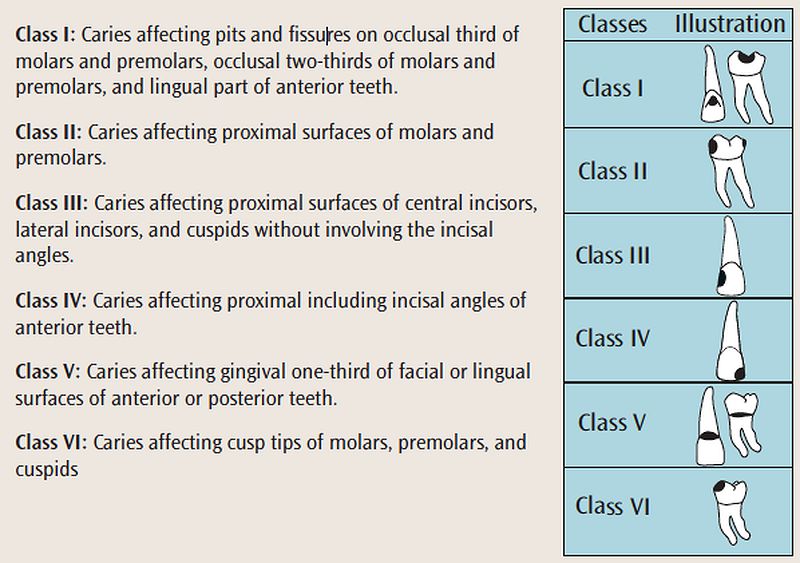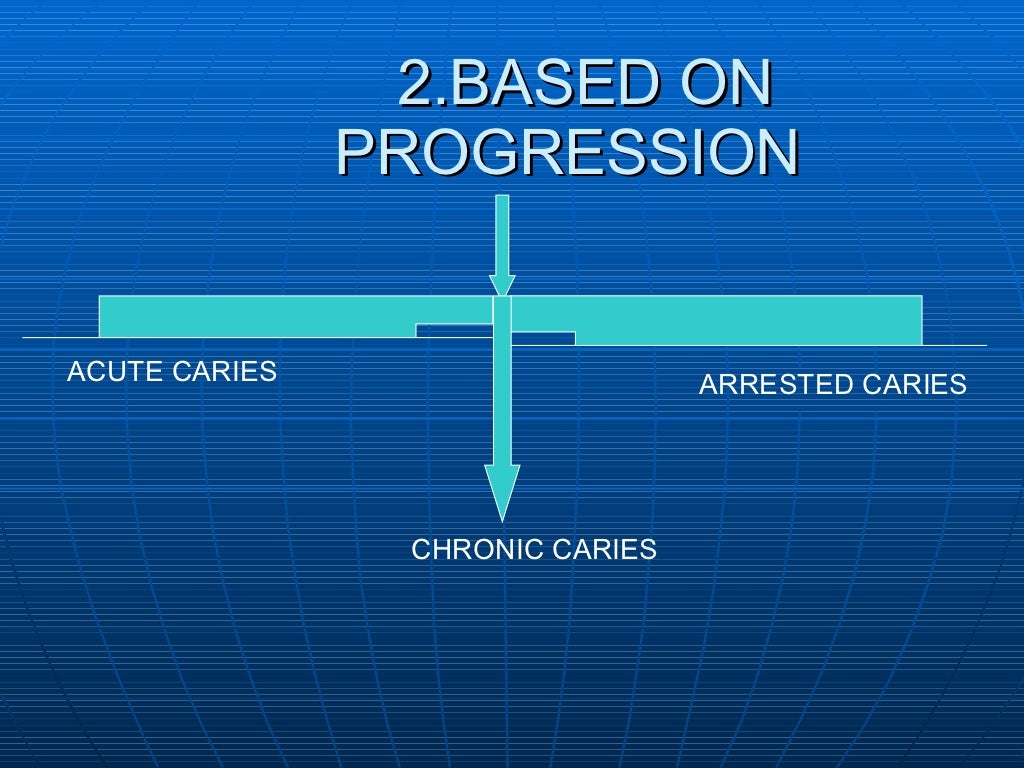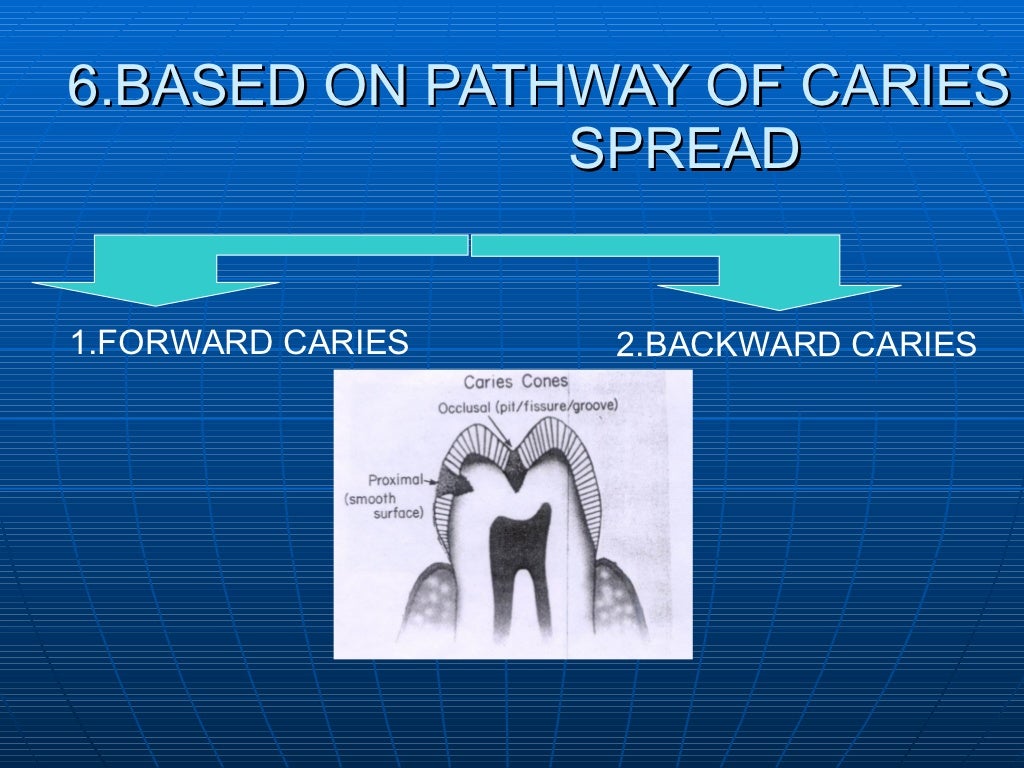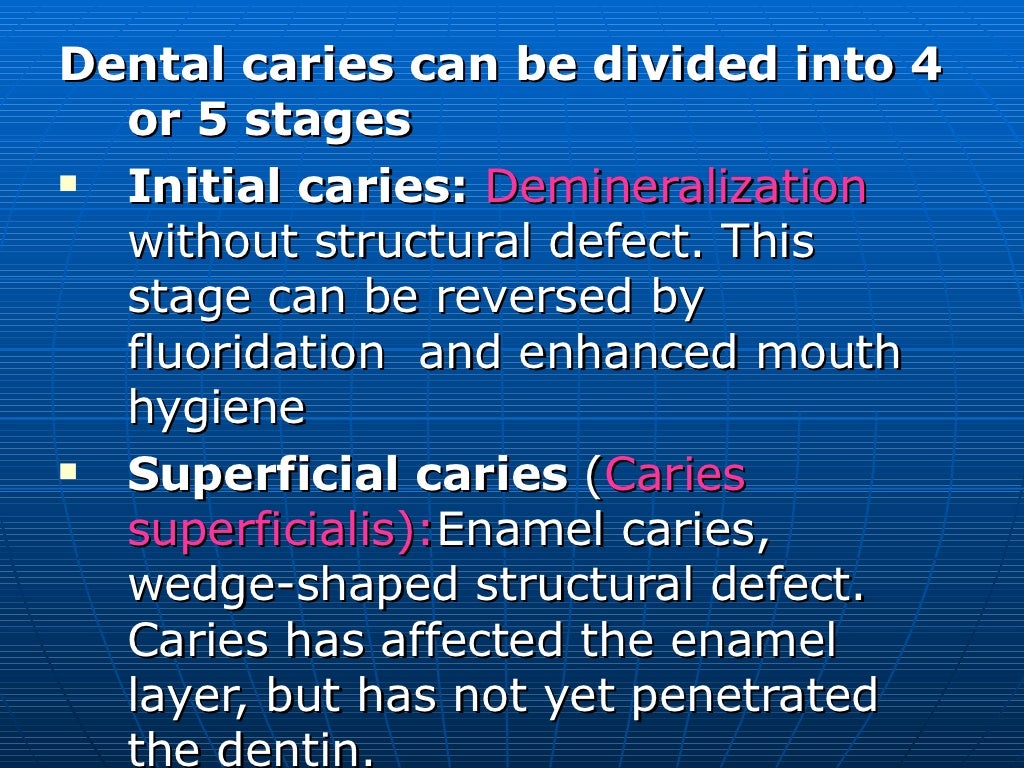
PDF Dental Caries definition, classification and etiology
The ICDAS II Visual Scoring Criteria: Discussion. The international caries detection and assessment system (ICDAS) was developed to provide clinicians, epidemiologists and researchers with an evidence-based system, which would permit standardized caries detection and diagnosis in different environments and situations. 13 The ICDAS presents a new paradigm for the measurement of dental caries.

Dental Caries Gv Black Classification Of Carious Lesions Dental Porn Sex Picture
A classification system to categorize the location, site of origin, extent, and when possible, activity level of caries lesions consistently over time is necessary to determine which clinical treatments and therapeutic interventions are appropriate to control and treat these lesions. Methods

Classification Of Dental Caries And Restorations Dental Science Porn Sex Picture
The ICDAS (Table 1) classifies carious lesions into six categories, ranging from 0 to 6, where a higher score correlates with a more extensive lesion. The ICDAS can track the changes and progression of carious lesions. It is a specific, accurate, and reproducible classification system.

Figure 2 from Dental Caries An Update on Dental Trends and Therapy. Semantic Scholar
Abstract. The American Dental Association Caries Classification (ADA CCS) is a visual criterion developed to assist clinicians in categorizing all stages of the caries lesions. The criteria consist of 4 scores. The criteria can be used on coronal, root caries and caries around restorations.

Dental caries and pulpitis презентация онлайн
The International Caries Detection and Assessment System (ICDAS) is a clinical scoring system which allows detection and assessment of caries activity. ICDAS was developed for use in clinical research, clinical practice and for epidemiological purposes.

Diagnosis and Management of Dental Caries Pediatric Dentistry a Clinical Approach, 3ed.
Step 1 is classifying each tooth surface (buccal, lingual/palatal, mesial, distal, and occlusal) into sound, sealed, restored, crowned, or missing, and assigning a code from 0 to 9 to each tooth surface, as described in The ACDAS Classification of Restoration, Sealant, or Missing Teeth Status.

Classification Of Dental Caries
Review the following example: Question: According to G.V. Black classification of carious lesions, sealants are placed on permanent molars as soon as they erupt to prevent: Class I caries; Class II caries; Class III caries; Class IV caries; Class V caries; Enamel sealants are generally applied on deep pits and fissures of the occlusal surfaces of posterior teeth.

Types of caries Dental caries, Dental hygiene school, Dental assistant study
JADA. 2015;146 [2]:79-86). Realizing the American Dental Association Council on Scientific Affairs wants to develop an easy-to-implement caries classification system that all dentists can use is welcome and needed, the article asks for feedback and ways in which to improve the system and notes that caries diagnostic tools may emerge in the.

Mustknow classifications of Dental Caries for the National Dental Hygiene Boards StudentRDH Blog
The term was initially used to describe holes in the teeth. Dental caries is reported to be one of the oldest and most common diseases found in humans. Dental caries is a prevalent chronic infectious disease resulting from tooth-adherent cariogenic bacteria that metabolize sugars to produce acid, which over time demineralizes tooth structure.

Dental caries and pulpitis презентация онлайн
Dental caries, or tooth decay, is one of the most prevalent diseases in humans, affecting 97% of the population worldwide during their lifetimes. 1 The term "dental caries" can be used to describe both the disease process and the lesion (noncavitated or cavitated) that is formed as a result of the disease process. 2 One definition of caries is "a biofilm-mediated, sugar-driven.

Classification Of Dental Caries
The American Dental Association Caries 7 Classification System (ADA CCS) Gregory Zeller, Douglas A. Young, and Brian Novy 7.1 nI troduction The American Dental Association (ADA), under the auspices of the ADA Council on Scientific Affairs (CSA), developed the ADA Caries Classification System (CCS) for use in clinical practice.

G.V. Black's Classification of Dental Caries (Quick and Complete Revision) YouTube
The most widely used method to classify carious lesions is using G.V. Black's classification, which was developed by G.V. Black in the early 1900s. It describes caries based on the anatomical location on the tooth. It is one of the easiest ways to describe carious lesions. The classification is quite simple with 5 classes. Class I

Classification Of Dental Caries
The current study aimed to use deep learning methods to detect caries lesions, classify different radiographic extensions on panoramic films, and compare the classification results with those of expert dentists. Methods: A total of 1160 dental panoramic films were evaluated by three expert dentists. All caries lesions in the films were marked.

American Dental Association Caries Classification System. Download Scientific Diagram
This is the first delineation of primary dentition caries patterns produced by a classification analysis without a priori pattern definitions. The identified caries patterns may arise from specific risk factors and/or be a function of the timing of various risk factor exposures. Use of these pattern.

Dental caries and pulpitis презентация онлайн
The International Caries Classification and Management System (ICCMS™) is a comprehensive set of clinical protocols that address all diagnostic, preventive and restorative decisions necessary "to preserve tooth structure and restore only when indicated," which is the mission adopted at the Temple University Caries Management Pathways workshop, i.

Classification Of Dental Caries
A classi cation system to categorize the location, fi of origin, extent, and when possible, activity level of caries lesions consistently over time is necessary to determine which clinical treatments and therapeutic interventions appropriate to control and treat these lesions. Methods.